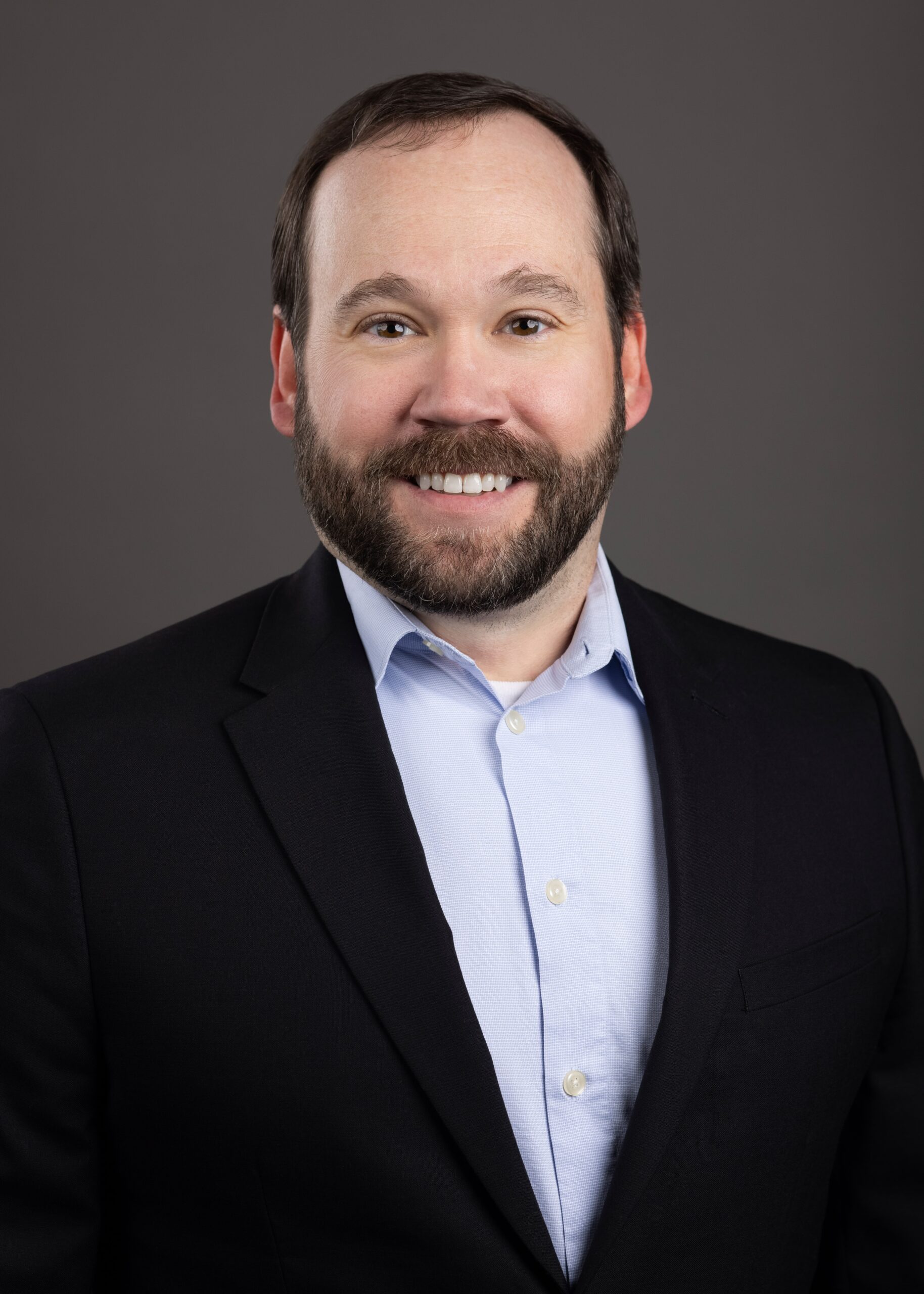The Medicare Advantage (MA) market is at a tipping point, with more than half of all seniors enrolled in an MA plan for their healthcare. Utilization of services is skyrocketing and the Centers for Medicare and Medicaid Services (CMS) has increased pressure to deliver supplemental benefits in a high-quality, low-cost and reportable manner.
As enrollment continues to grow, how health plans are paid — and how much —will be central to the debate over the efficiency and sustainability of
Read More
Rural Healthcare Challenges: How AI & Telemedicine Can Improve Access
With tight-knit communities, strong traditions, and a deep sense of resilience, rural America is a key piece of our nation’s fabric. Yet, for many people living in these areas—one in five Americans—getting basic healthcare can be an uphill battle. Limited hospital options, provider shortages, and economic struggles can make what should be routine checkups feel like monumental tasks.
Ensuring equitable access to care across the nation is a critical goal. While technology offers
Read More
Neuro-Symbolic AI Brings Precision to Healthcare Risk Adjustment
A conversation with RAAPID founder and CEO Chetan Parikh reveals how his company's purpose-built AI platform is transforming risk adjustment in healthcare. The Series A investment from Microsoft's M12 venture fund marks a significant milestone in the organization's mission to accelerate healthcare's transition to value-based care.
"Our vision is to develop and deploy advanced healthcare AI technologies that empower healthcare workers to deliver quality & affordable care," Parikh explains.
Read More
Streamlining Hospital Discharge: How Technology Can Solve Readmission Challenges
Hospital discharge is a make-or-break moment in patient care, yet it is one of the most challenging aspects of healthcare delivery. A poorly executed discharge can result in confusion, medication errors, and, ultimately, costly hospital readmissions. For healthcare organizations focused on value-based care, improving discharge procedures is essential for enhancing patient outcomes, ensuring seamless care transitions, and reducing financial costs.
The good news is that hospital readmissions
Read More
AI Optimizing Payer-Provider Relations: From Adversarial to Collaborative
Payer-provider relations are undergoing a major shift. The classic adversarial battles in the fee-for-service world are gradually giving way to capitated plans with more win-win incentives. The reality is that providers and payers famously have to live in the “two canoes” world, with one foot in volume-based revenue and the other foot in value-based revenue.
As one can see, there is extraordinary information and calculation needed to optimize revenues on both sides. The good news
Read More
Cycle Time is the New Currency of Drug Development
For years, the life sciences industry has been trying to address the same R&D challenges: rising costs, patient recruitment and retention, and difficulty maximizing ROI. Drug development is expensive, and failure rates remain high. Studies estimate the total cost to develop a new drug is between $300 million and nearly $4.5 billion. Meanwhile, clinical trial cycle times continue to lengthen – significantly impacting overall drug development timelines. Clinical trials are increasingly
Read More
Closing the Affordability Gap: How Automation is Advancing Biosimilar Adoption
Millions of Americans are currently facing a difficult choice: either pay for expensive biologic medications or ration doses to afford basic needs. Cost-related nonadherence (CRN) is where patients either skip or delay their medication due to cost concerns, a challenge that is widespread throughout the U.S. The financial burden is even greater for those managing multiple chronic conditions, where prescription costs can quickly add up to unmanageable amounts.
Despite the financial strain,
Read More
How Payer-Provider Collaboration is Creating A More Patient-Friendly Healthcare Industry
A KFF survey from 2023 revealed nearly one in five adults had health insurance claims denied in the previous year. On a national level, that suggests millions of disaffected patients. As the calendar turned to 2025, the growing public frustration with the cracks in the U.S. healthcare industry had exploded into a national conversation.
The chorus of complaints might have reached its crescendo recently, but insurance companies
Read More
Beyond FHIR: Why True Healthcare Interoperability Needs AI
It’s time to flip the script on interoperability—specifically, how to achieve it.
For years, there’s been a push for a FHIR-only standard for interoperability. It’s based on the idea that if organizations are going to seamlessly send, receive, find, and integrate information, they need a common standard for communication.
This movement marked an important step forward for the healthcare industry, and on the surface, it seems like a viable path forward. The problem: Some
Read More
Telehealth: An Essential Bridge to Healthcare Equity for Rural Communities
Rural America faces a unique set of healthcare challenges. While 20% of Americans live in rural communities, only 10% of physicians practice in those areas, leading to shortages that drastically limit access to care. With the United States expecting to face a shortage of up to 86,000 physicians over the next decade and over half of the rural physician workforce already over the age of 55, these gaps are at risk of worsening over the coming years without the proper solutions to address
Read More











